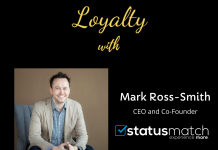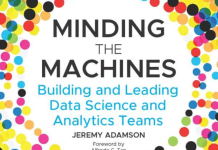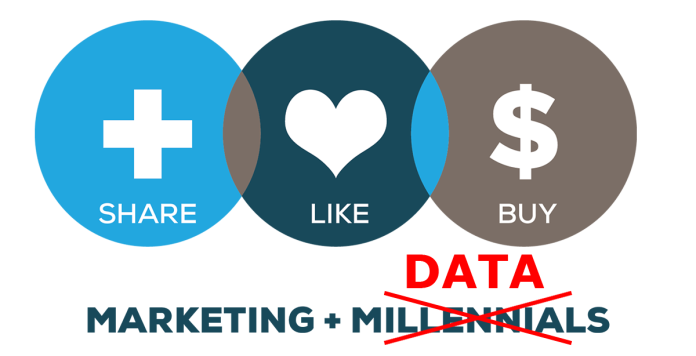
Some companies continue to chase millennials. Instead, using data to drive marketing could have much more effective results while reducing costs.
It is amazing how many large companies talk about how they are boosting their efforts to capture the attention of millennials. “We need to tap into the millennials” and “How can we improve our brand to target millennials more effectively.”
Please – stop chasing millennials. Instead, use data to drive marketing,
Sure, the Millenials generation is the biggest cohort in history – representing 32.5% of the US population. Focusing your marketing efforts using a blanket approach to consumers in this group is pointless when you have access to powerful tools which can turbo-charge marketing results.
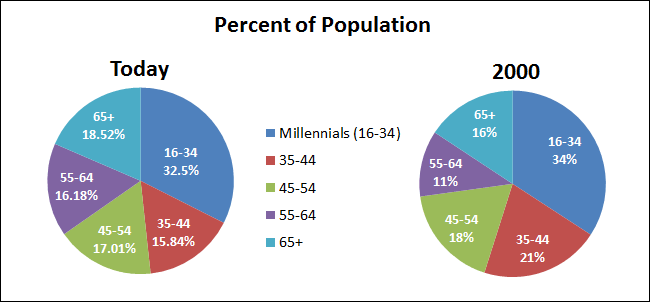
Here’s why:
It’s like saying – we’re only going to sending marketing material to people with brown hair. Everyone’s talking about customers with brown hair having more disposable income, and these digital nomads are ‘mobile first’, and… and…
Newsflash: Within this age segment of the population are millions of sub-sets and micro-groups which, while they may fit the age profile of your latest marketing campaign – they will have nothing else in common with other millennials. The fact is – millennials are unique, and even if you don’t think they are – THEY believe that they are special. To effectively communicate to this audience, you need to break down the segment into smaller bite-sized pieces, into groups which are hyper-tailored to their specific interests and behavioural patterns.
How do we target millennials?
As an established business, you have access to rich and powerful data sources which should be your immediate GO-TO for any marketing campaign. Who are your best customers to date? Do you know the real LTV of a customer? Which customers buy nothing, but are influential over other customers? What drives each segment to purchase? Who drives them to purchase? What is their lucky number? How should you address them in email communication to trigger higher open and click rates?
These are perfect examples of segmenting member databases in order to drive specific messages to each type of member. Segmentation by behaviour is powerful and makes airline and hotel programs billions.
With that in mind, it’s time to stop listening to anyone who has a vested interest in spending your marketing dollars (I’m looking at you – media buying agencies).
For example, JPMorgan Chase recently cut the number of websites their media displayed on from 400,000 down to 5,000 websites and saw almost no drop in performance. That change in reach had almost no impact on ad-performance and shows how improved targeting can have measurable financial impacts.
Fundamentally, audience segmentation is the guiding light for professional marketers.
Here are three basic ways you can get started with segmenting your audience.
1) Demographic segmentation
The most basic of targeting capabilities, segmentation by anything more than age (aka millennials). I wrote a detailed explanation of how to segment loyalty program member databases. Start there if you’re new.
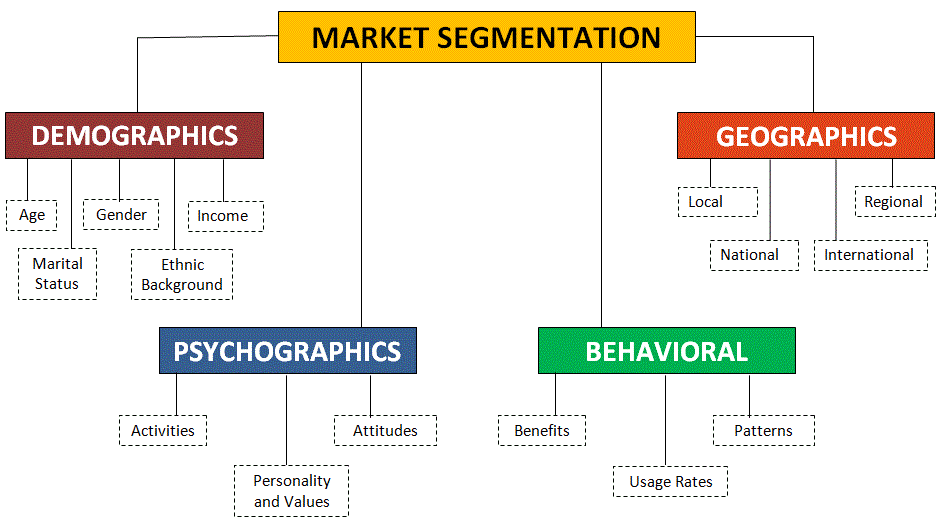
2) Propensity-based scoring
Fundamentally, propensity-based scoring is the ability to predict the chances, or likelihood of a particular customer engaging in a specific activity; based on the statistical history of other customers who have previously engaged in the same activity. These are typically used to predict the percentage change a user will interact with whatever particular activity you can dream up.
This is a little more difficult as it requires some basic machine learning knowledge to implement, but once you get going, the results can be incredibly powerful as your analytical team runs multiple ML models, creating greater accuracy.
Read my step by step process on how propensity based scoring in loyalty program works.
3) Perfect customer analytics
Similar to propensity-based values scoring, in perfect customer analytics, you’ll want to use a simple analytics visualization tool like ZoomData to import success transactions. Data visualization packages will let you see similarities and traits between your most high-value customers. Perhaps a large segment of your customers who spend over $200 are buying on mobile, or they’re purchasing after 11 pm, or perhaps, even they’re transacting within the first 5 minutes of visiting your store.
There are many variables to play with and cross-reference to identify patterns and customer traits to pinpoint your perfect customer. The goal is to drill down deeply as possible until you have very specific criteria.
If I ask you- “Who is your best customer? Describe them”, and you answer “Millenials.” Chances are – your boss is getting ready to “re-accommodate” you – United Airlines style.
4) Behavioural segmentation
Recently I wrote about how sophisticated airlines are using behavioural intelligence to target members with marketing. Arguably one of the most powerful ways to segment a member base, behavioural targeting is the holy grail of marketing as it enables you to understand why a particular member is engaging or transacting with a particular material.
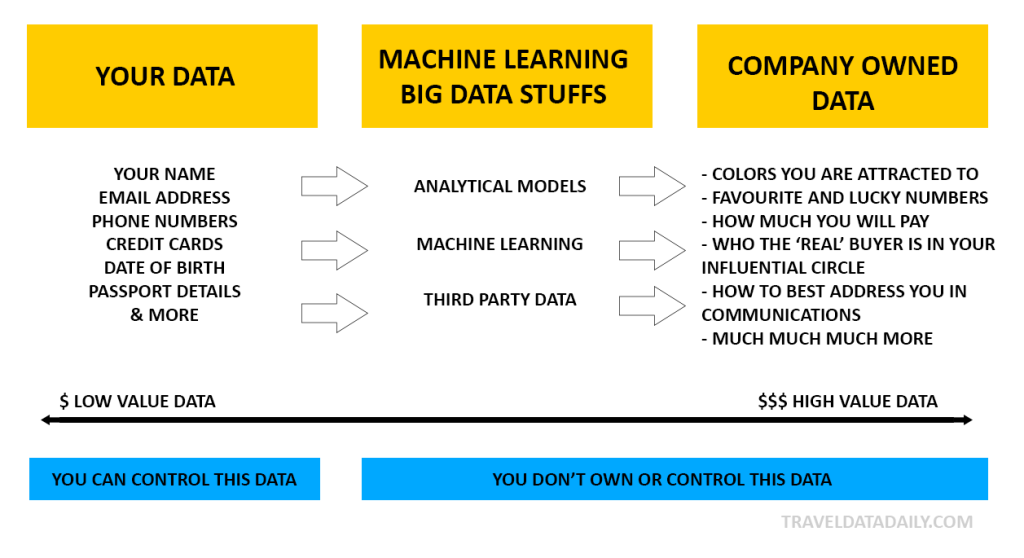
Behavioural insights are those which the company has been able to extract from past transactional and other non-critical information about customers. It’s fundamentally new data which is created out of existing datasets and used to target members more effectively.
You don’t want to target millennials. You want to target a very particulaR type of person – who may also happen to be a millennial.
Understanding and implementing the framework which drives true data-driven decision making for marketing isn’t a fast process, but rest assured that once your process is well defined; every marketing dollar invested will ultimately result in more successful transactions.




